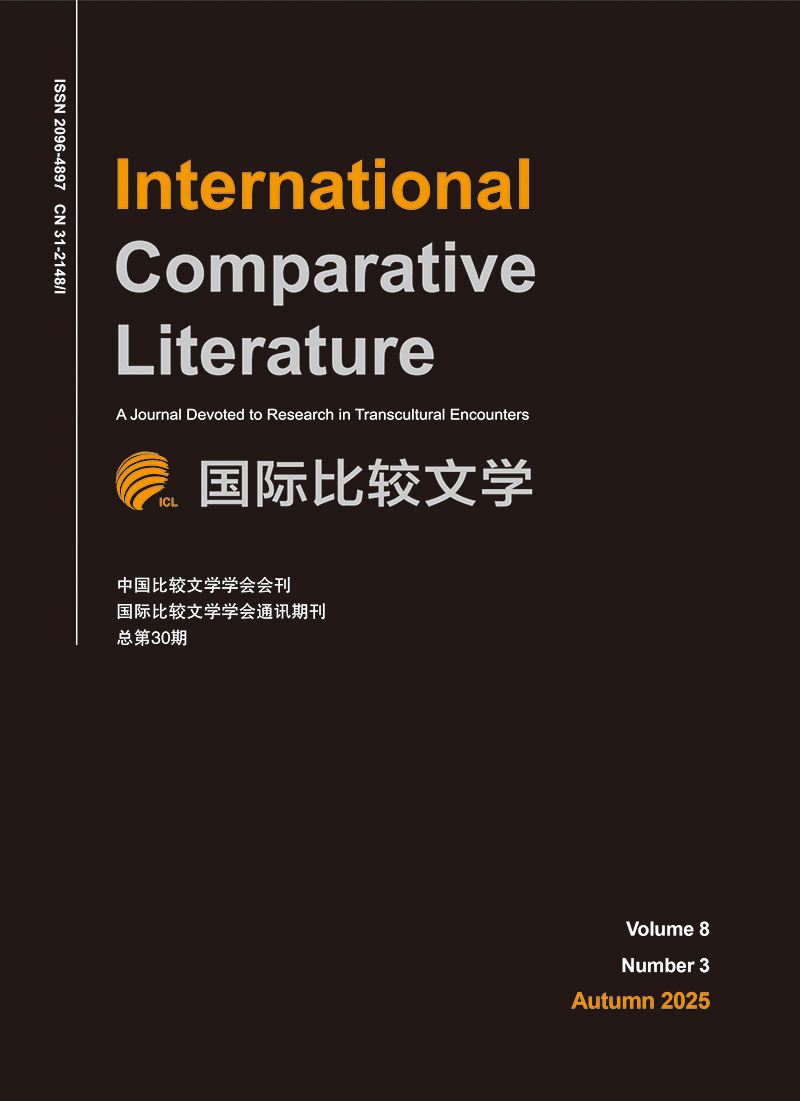摘要:
斯派克·琼斯的电影《她》讲述的是一个人与人工智能语音系统恋爱的故事。人与人工智能的对立,是后人类时代主体性所必须面对的一个问题。当用拉康—齐泽克精神分析学派的主体理论对其进行解读时,男主角西奥多作为主体一方面在后人类的第一个症候“对趋同的恐惧中”成为“独体”,一方面又在第二个症候“对差异的恐惧中”体验着去在地化的原乐。西奥多面临着女性化原乐与两种“无性的融洽”的实在界,他在自反性的询唤—主体化中感到羞愧。在电子宠物与电子客体的对比中,前者在其不满足的主体面前是匮乏的,而后者则以女性原乐化的技术给其男性结构化的主体提供了过量的满足。最后,后人类两个悖论性症候的难题可以用黑格尔“否定之否定”的逻辑进行化解,问题本身其实已是答案,两个症候敦促着我们不断调整自身,不断在趋同和差异之间寻找平衡点。
Abstract:
Spike Jonze's film Her is the story of a man falling in love with an artificial intelligence voice system. The opposition between human and artificial intelligence is a problem that must be faced in the posthuman era. Studying this film with the subject theory of Lacanian-Žižek psychoanalysis upgrades the interpretive terminology and accomplishes the cohesion and transition from Slavoj Žižek's Cyberspace Criticism to Jacques-Alain Miller's "one-all-alone." In the posthuman era, with the combination of capitalist and scientific discourses, the new objet petit a appears with a new form as i-object, which satisfies the subject's desires with better timeliness and more privacy. In the film, the hero Theodore, as the subject, becomes "one-all-alone" due to the fear of sameness-the first posthuman symptom-as well as the fear of difference-the second symptom-which he experiences as "the jouissance in delocalization." Theodore, as the masculine subject, faces an emergence of feminine jouissance and two kinds of NSR (non-sexual rapport):one between sexes and the other of the i-object. In their relationship, Theodore is in a passively lacking state, while Samantha, the artificial intelligence, is in an active state and wants to get more. Comparing Samantha with Ash, an electronic pet from the British TV series Black Mirror, we find that electronic pets are lacking for their subjects, while i-objects make their masculine structured subjects excessively satisfied with feminine jouissance. Finally, the Hegelian logic of "the negation of the negation" can help us solve the problem of the two paradoxical posthuman symptoms. Although these symptoms seem to split us into unhealed parts or even fragments that are difficult to piece together, they urge us to constantly adjust ourselves and find a balance between sameness and difference.

 点击查看大图
点击查看大图



 下载:
下载:

